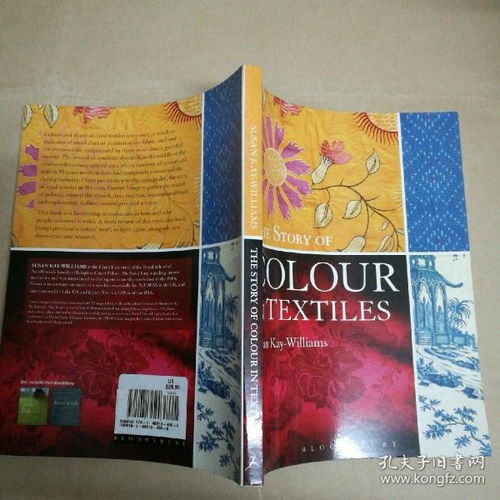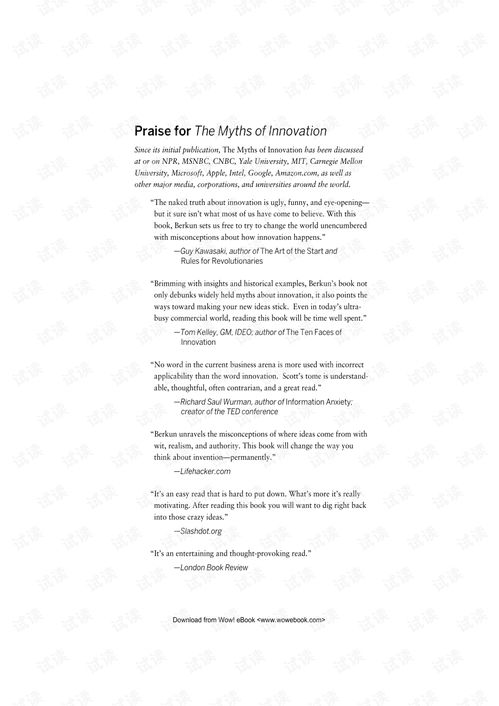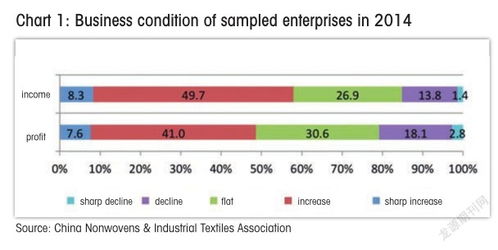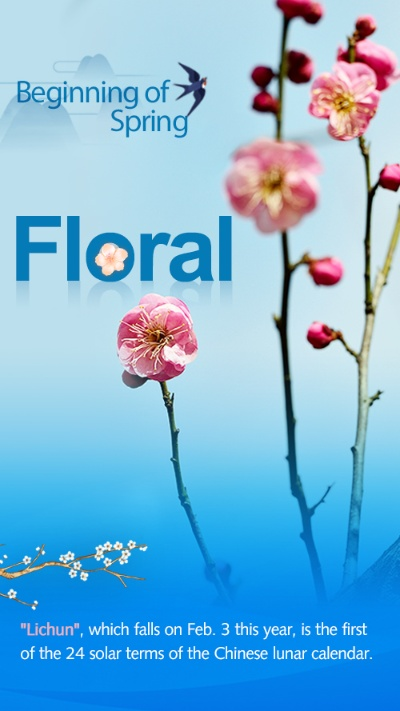Renewable Techniques for the Clean Recycling of Waste Textiles
This study explores renewable technologies for clean recycling of waste textiles, focusing on the application of bio-based materials. It highlights the potential of using organic matter from agricultural residues, such as wheat straw, to produce bio-plastics and bio-fibers that can be used in various applications. The research also explores the use of microorganisms, such as fungi, to decompose textiles into their constituent fibers, which can then be processed into new textiles or other materials. Additionally, the study discusses the importance of reducing water pollution caused by textile recycling and the potential benefits of utilizing renewable energy sources during the process. Overall, the study emphasizes the need for a holistic approach to waste management that considers both environmental and economic factors.
In today's world, where waste management is a pressing issue, the repurposing of waste materials has become an essential part of environmental sustainability. One such area that has seen significant development in recent years is the recycling and reuse of textile scraps. Textiles, being one of the most abundant materials on Earth, are often discarded without being properly recycled. The repurposing of these materials can not only reduce waste but also create economic opportunities. In this essay, I will delve into some innovative techniques used for the clean recycling of waste textiles.
One of the most promising approaches to waste textile recycling is the development of new products from them, which is known as upcycling. This process involves transforming old textiles into new, usable objects. For example, old clothes can be turned into rugs, curtains, and even furniture. Another example is the conversion of old clothing into fabric bags or purses. These products not only serve their intended purpose but also add value to the original textiles.
Another method for recycling textiles is the use of mechanical separation methods. These techniques involve using machines to separate different types of textile materials based on their physical properties. This separation can then be used to extract valuable materials such as fibers, yarns, and other components. Mechanical separation methods have been found to be effective in reducing costs and increasing the efficiency of textile recycling processes.
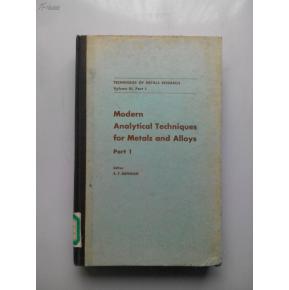
Thermal treatment is another technique used in textile recycling. This process involves heating the textile material to a high temperature to decompose it into its constituent elements. The resulting gases and liquids can then be used for further processing. Thermal treatment methods have proven to be effective in removing organic matter from textiles, leaving behind valuable metals and minerals.
Water-based methods are also gaining popularity in textile recycling. These methods involve treating textile waste with water and chemicals to break down the material into its constituent elements. This method is particularly suitable for textiles containing synthetic fibers such as polyester, nylon, and acrylic. Water-based methods have been found to be cost-effective and eco-friendly compared to other methods.
In addition to these methods, there are several other techniques used in textile recycling. For example, chemical treatments can be used to remove dyes and other impurities from textiles. Chemical treatments can also be used to preserve the integrity of textile materials by preventing degradation during storage or transportation.
One case study that illustrates the effectiveness of textile recycling is the company Bamboo Solutions in California, USA. Bamboo Solutions specializes in the reuse of textile scraps through the creation of sustainable products such as bamboo mats, pillows, and blankets. The company uses a combination of mechanical separation, thermal treatment, and chemical treatments to process textile waste. The resulting products are sold at a premium price due to their unique and stylish design, making the company a successful business model for textile recycling.
In conclusion, the recycling and reuse of waste textiles is an important aspect of environmental sustainability. The techniques used for this purpose range from upcycling, mechanical separation, thermal treatment, water-based methods, and chemical treatments. By utilizing these techniques, we can create new products from old ones, preserve our environment, and contribute to economic growth. As we continue to face challenges related to waste disposal, implementing these techniques will play a critical role in ensuring a sustainable future for all.
随着社会经济的快速发展,废旧纺织品回收与再生利用已成为环境保护和资源循环利用的重要课题,本文将围绕废旧纺织品清洁再生技术展开讨论,通过案例分析、技术说明和图表展示等方式,为读者提供深入了解和实际应用。
废旧纺织品概述
废旧纺织品主要来源于日常生活中的废弃衣物、布料等,具有较高的回收价值,经过清洗、分类、再加工等处理过程,可以将其转化为新的纺织品,实现资源的有效利用和环境的保护。
清洁再生技术
物理处理技术
物理处理技术主要包括清洗、剪裁、粉碎等步骤,通过机械力去除废旧纺织品表面的杂质和污染物,使其达到清洁再生标准,利用粉碎设备将废旧纺织品破碎成小颗粒,便于后续的再生利用。
化学处理技术
化学处理技术主要包括脱色、漂白、消毒等步骤,通过添加化学药剂,去除废旧纺织品中的有害物质,使其达到安全标准,利用生物酶技术对废旧纺织品进行生物降解处理,使其转化为生物可降解材料。
生物处理技术
生物处理技术主要包括发酵、生物膜反应器等步骤,通过微生物的作用,将废旧纺织品转化为有机肥料、生物燃料等生物质资源,利用微生物的代谢活动,去除废旧纺织品中的有害物质和残留农药。
案例分析
以某地区废旧纺织品清洁再生项目为例,介绍具体的技术应用和实施情况,该地区政府和企业积极响应国家环保政策,开展废旧纺织品清洁再生项目,该项目采用了多种清洁再生技术,包括物理处理、化学处理和生物处理等。

物理处理技术应用
该地区采用了先进的清洗设备和技术,对废旧纺织品进行清洗处理,清洗后的废旧纺织品经过分类收集,便于后续的再生利用,该地区还建立了专门的再生纤维生产线,采用先进的生产工艺和技术,将废旧纺织品转化为新的纺织品。
化学处理技术应用
在该项目中,采用了高效脱色剂和消毒剂等化学药剂,对废旧纺织品进行深度清洁和处理,经过化学处理后,废旧纺织品中的有害物质得到了有效去除,达到了安全标准,该地区还利用生物酶技术对废旧纺织品进行生物降解处理,使其转化为生物可降解材料。
生物处理技术应用
在该项目中,采用了发酵技术和生物膜反应器等生物处理技术,通过微生物的作用,将废旧纺织品转化为有机肥料和生物燃料等生物质资源,该项目还建立了废弃物资源化利用基地,将部分废旧纺织品进行回收再利用和处理。
技术说明与图表展示
以下是关于废旧纺织品清洁再生技术的技术说明与图表展示:
技术说明:
(1)物理处理技术:通过机械力去除废旧纺织品表面的杂质和污染物,达到清洁再生标准;利用粉碎设备将废旧纺织品破碎成小颗粒;采用清洗设备对废旧纺织品进行清洗处理。
(2)化学处理技术:添加化学药剂去除废旧纺织品中的有害物质;利用生物酶技术对废旧纺织品进行生物降解处理;采用高效脱色剂和消毒剂等化学药剂进行深度清洁和处理。
(3)生物处理技术:通过微生物的作用将废旧纺织品转化为有机肥料、生物燃料等生物质资源;建立废弃物资源化利用基地回收部分废旧纺织品进行再利用和处理。
图表展示:
(1)废旧纺织品回收和处理流程图:包括废旧纺织品的收集、清洗、分类、物理处理、化学处理和生物处理等环节。
(2)废旧纺织品清洁再生产品展示图:包括新型环保面料、生物肥料等产品的图片和介绍。
结论与展望
废旧纺织品清洁再生技术是一项重要的环保工程,可以有效实现废旧纺织品的再利用和资源的有效循环利用,随着环保政策的不断加强和技术的不断进步,废旧纺织品清洁再生技术的应用将会更加广泛和深入,我们也应该加强废旧纺织品回收和处理的管理和监督,确保其得到有效利用和保护环境。
Articles related to the knowledge points of this article:
Ranking the Number of Chinese Textile Brands
Immersing Yourself in Realistic and High-Definition Mobile Textile Images
The Journey of Ethical Textiles 法诗诺纺织品之旅
The Industry Landscape of Textile Packaging:A Comprehensive Overview
